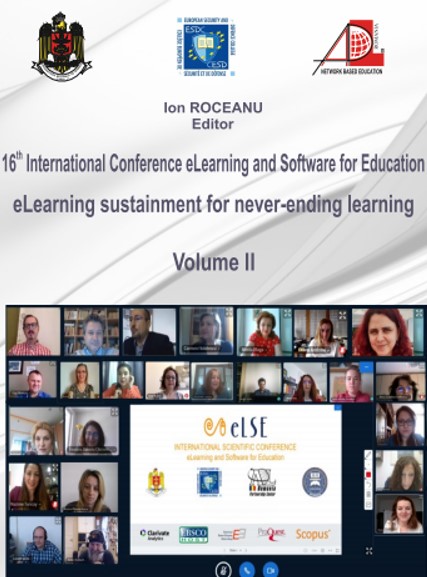TEACHING PRIVACY THROUGH THE DEVELOPMENT AND TESTING OF A LOCATION OBFUSCATION SOLUTION
TEACHING PRIVACY THROUGH THE DEVELOPMENT AND TESTING OF A LOCATION OBFUSCATION SOLUTION
Author(s): Iulia-Maria Florea, Dan Vornicu, Jan-Alexandru VĂDUVA, Razvan RUGHINISSubject(s): Security and defense, Higher Education , ICT Information and Communications Technologies, Pedagogy
Published by: Carol I National Defence University Publishing House
Keywords: location obfuscation; privacy; teaching;
Summary/Abstract: Day by day, we advance deeper into the universe of technology, of devices and applications that provide services throughout the day for a wide variety of use scenarios. We discuss solution development and education for developers addressing privacy issues in today’s surveillance society. A significant proportion of widely used applications require locating the user. Regarding privacy, there is no effective guarantee that the services will not sell private information to 3rd parties. Users often agree to Terms and Conditions that in practice allow companies to sell data to 3rd parties. There are numerous instances of data breaches, that overcome legal protection barriers. The need to maintain location privacy is only stronger in today’s environment, when context-awareness or location awareness services are everywhere. Current systems are able to track anyone in real time, with incredible accuracy. We present a solution that provides a way of hiding the exact location, by taking into consideration the user’s needs and the most popular areas in a city. The obfuscation range may differ from tens of meters to kilometres. For instance, if people are checking the weather, the location may be set anywhere inside of a city, but if they are looking for restaurants, then it is important to show a nearby obfuscated location. Basic geo indistinguishability solutions are based on Laplace functions. The main drawback is that they are exposed to threats, such as running the application multiple times and getting the distribution formula and the real location. Also, generating fake coordinates without extra checking may lead to wrong positioning, such as over lakes. In order to make the solution reliable, we took into consideration the popular places where someone may be, while avoiding issues related to triangulation. The article evaluates the state-of-the-art solutions and proposes a new algorithm, which has been tested on a dataset from Beijing. We also discuss how this solution can be used as a case study in teaching privacy for undergraduate students, highlighting critical issues and possible ways of developing alternative solutions that address ethical and technological issues at the same time.
Journal: Conference proceedings of »eLearning and Software for Education« (eLSE)
- Issue Year: 16/2020
- Issue No: 02
- Page Range: 145-153
- Page Count: 9
- Language: English

